
“People don’t know what they don’t know.” I remember my parents shaking their heads at me as I was growing up. As a child I was sure that my parents knew everything. If they didn’t know it, it probably wasn’t worth knowing. As a young adult I was so sure that I knew everything. My parents didn’t really understand is what I thought. I became a parent and started to realise that there was a lot that I didn’t know. As a person getting closer to retirement, I know that there is so much that I don’t know. From anecdotal evidence, I know that I am in the same boat as a lot of people my age.
These are not merely things we haven’t learned yet; they are gaps we’re unaware of, lurking in the shadows of our understanding. This has significant implications for personal growth, decision-making, and interpersonal relationships. It also intertwines deeply with the assumptions we make, often unknowingly, which can lead us astray.
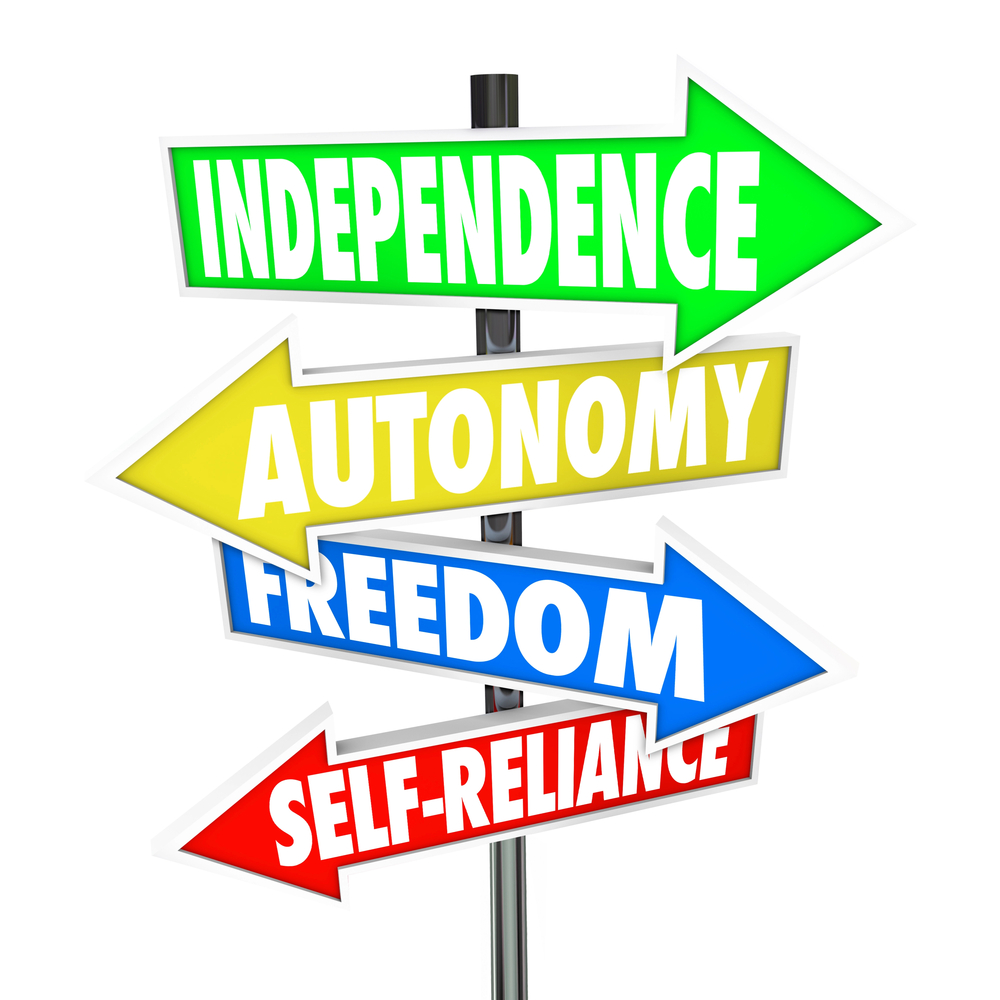 What don’t we know?
What don’t we know?
This is hard to say. Everyone has different knowledge and experiences. There is more than one way to carry out a task and neither is wrong if the same result is the outcome. What don’t we know is the information or insights that lie completely outside our current awareness. It is also known as unknown unknowns. Unlike known unknowns—things we know we don’t know—unknown unknowns are the blind spots that we can’t see because we don’t even know they exist. This can be likened to navigating a dark room; we can’t avoid obstacles if we don’t know they’re there.
For instance, consider the technological advancements that were unimaginable a few decades ago. The advent of the internet and smartphones revolutionized communication and access to information in ways that people living in the 1970s couldn’t have predicted. Similarly, in our personal lives, there are countless insights and opportunities just beyond our current horizon of awareness.
The technology has opened up the world for people with disability. People with vision impairment now use screen readers and digital magnification. People with hearing impairments use digital captions and transcriptions.
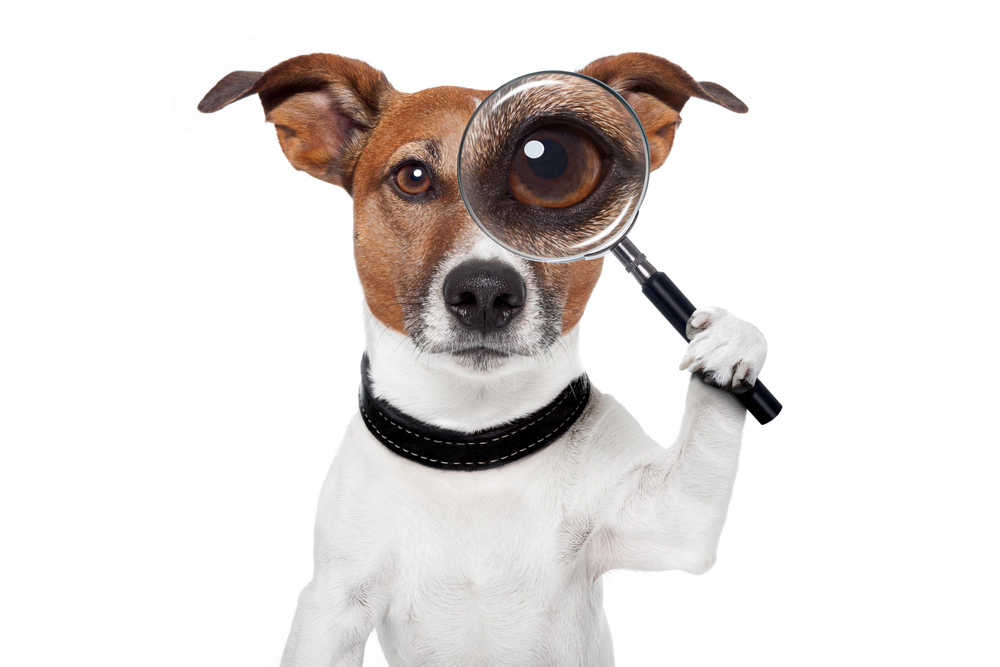
Assumptions
Assumptions fill the gaps created by unknown unknowns, often leading people to conclusions that may be incorrect or incomplete. A good example is the assumption that blind people can’t see. In reality, there are many different levels of blindness. That is some people have very limited sight that gives them some ability to do certain tasks. Others only see shapes while others only see light and shade. The same exists for hearing impairment, autism, people with physical impairments and many other disabilities. Such assumptions can hinder communication, collaboration and innovation.
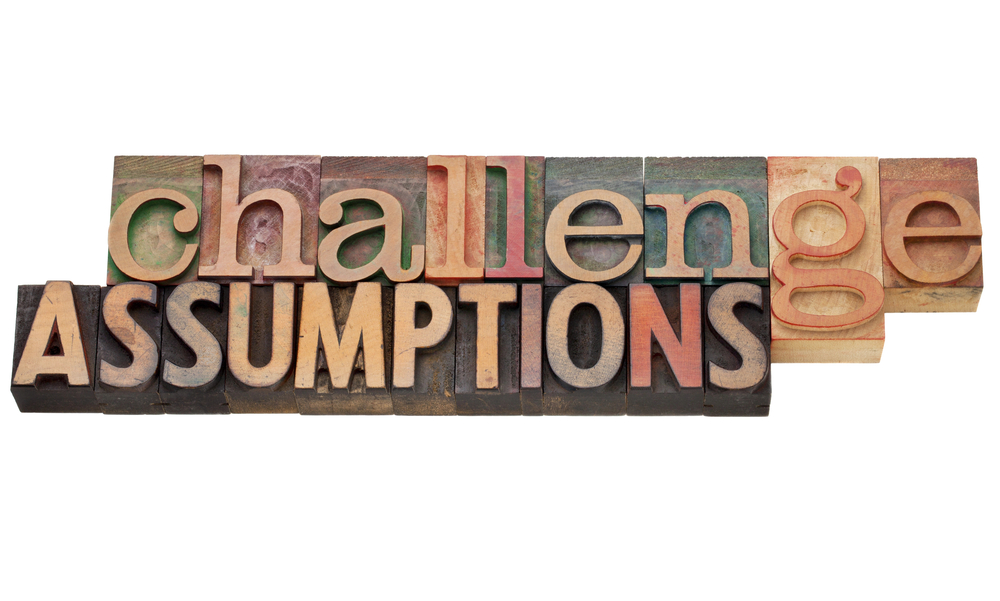
Managing Assumptions
Managing assumptions is easily done by asking questions and creating open communication that allows people to explain why an assumption is or is not correct. Always challenge your assumptions to ensure validity. Create an environment where awareness and curiosity enable learning. Here are a few strategies:
Embrace Lifelong Learning: Commit to continuous learning. Engage with new fields, cultures, and perspectives. Ask questions in a respectful and open manner to learn what you don’t know.
For example, if you see a person using a white cane don’t automatically ask if they are lost. Introduce yourself and then ask if they would like some assistance. Then carefully listen to the answers. After all the white cane is equivalent to a person’s eyes. They may be exploring the environment to learn what is there.
The more diverse your sources of knowledge, the more likely you are to uncover your unknown unknowns.
Practice Humility: Recognize that no matter how much you know, there’s always more to learn. This humility opens the door to new information and experiences.
Seek Feedback: Encourage and welcome feedback from others. Different perspectives can highlight blind spots and challenge assumptions.
Reflect Regularly: Take time to reflect on your beliefs and decisions. Ask yourself what assumptions you’re making and how they might be challenged.
Foster Open Communication: In group settings, create an environment where all voices can be heard. This diversity of thought can unearth hidden insights and challenge prevailing assumptions.
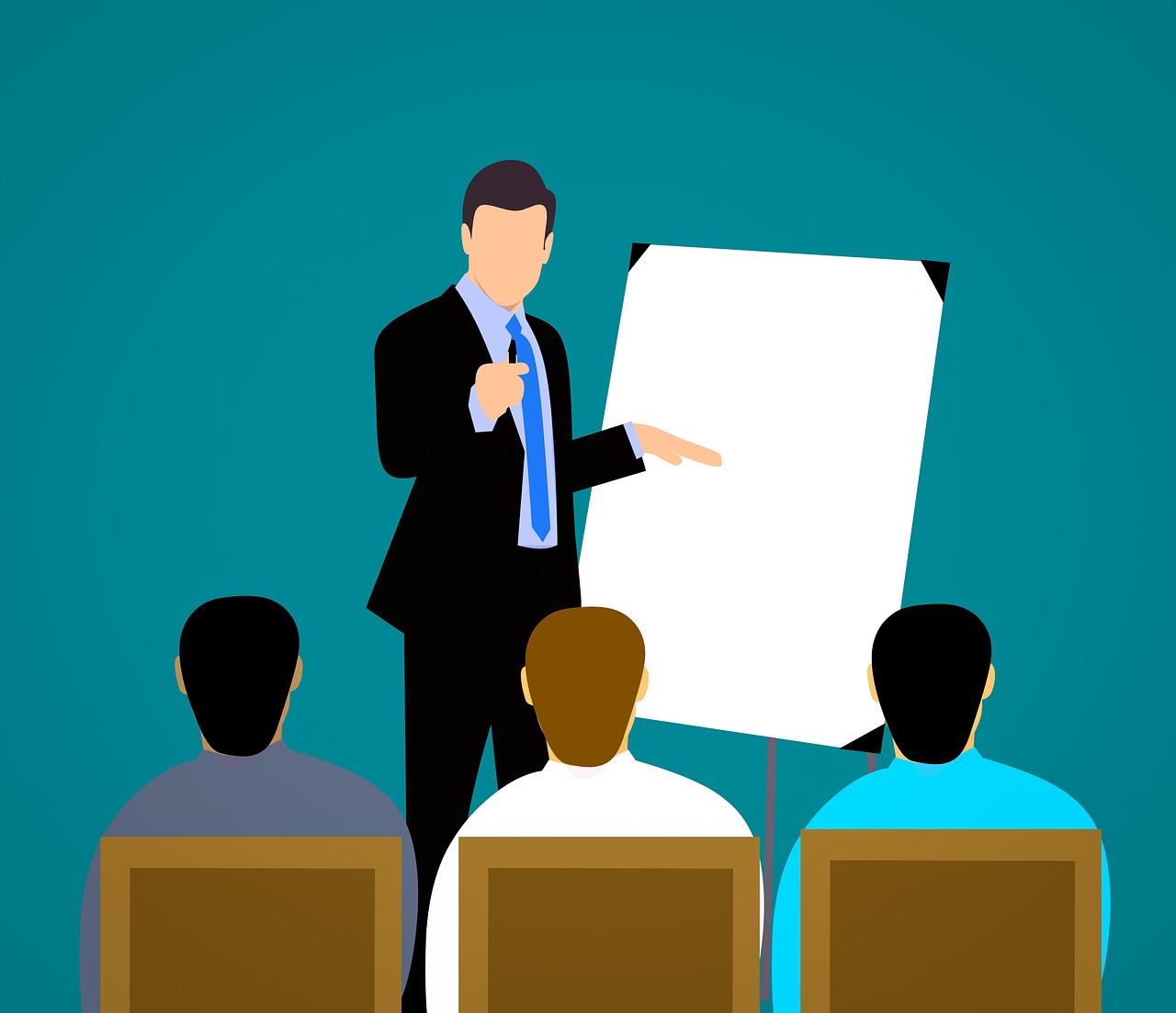
Education
People with Disability need to educate the community about their disability and the opportunities that brings for them. They understand the opportunities (others might call it barriers) and how they can make the most of the opportunities.
Support Staff for people with disability, including allied health professionals, need to ask questions about the levels. Don’t jump in assuming that they person can’t do something for themselves. Ask the question.
The community needs to also ask questions and listen carefully. Simple things like “Hello, do you need assistance” make a big difference. Always direct your questions to the person. Imagine how you would feel if someone else always answers for you when you are capable of doing it yourself.
Never make assumptions if a person doesn’t respond. They may not have good hearing, may still be thinking of an answer or may be t hinking about something else.
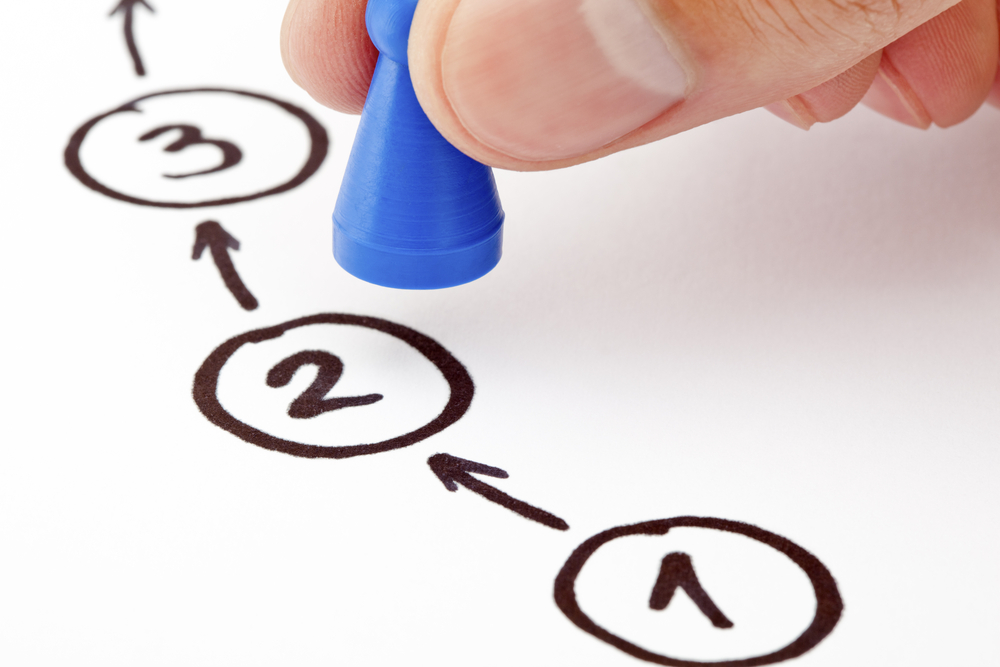
Conclusion
“People don’t know what they don’t know” is a call
to action for greater self-awareness, humility, and curiosity. By acknowledging
our limitations and actively seeking to uncover and understand them, we can
make more informed decisions, foster deeper connections, and unlock new levels
of personal and collective growth. In doing so, we not only navigate our
present more effectively but also pave the way for a future filled with
discovery and innovation.
